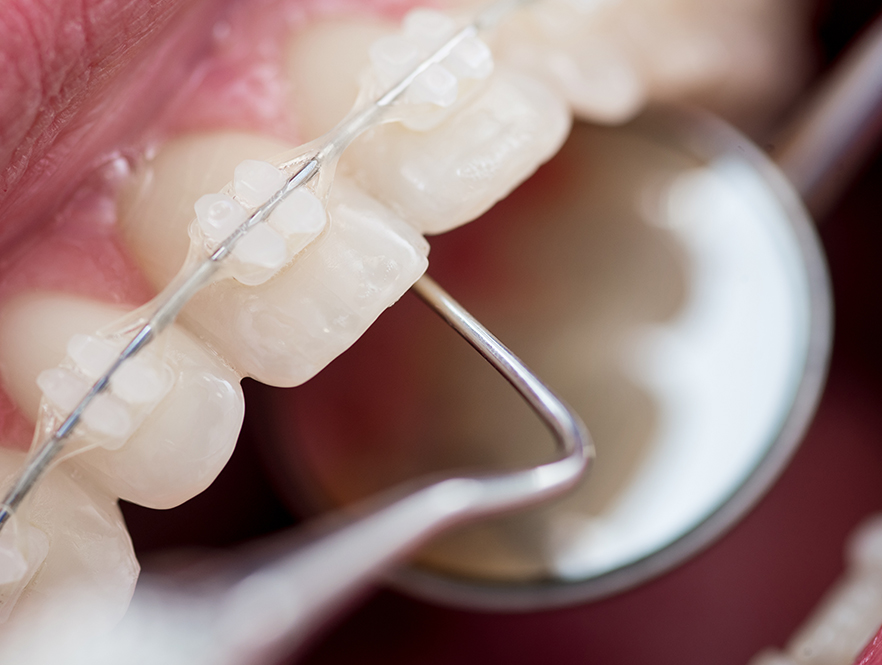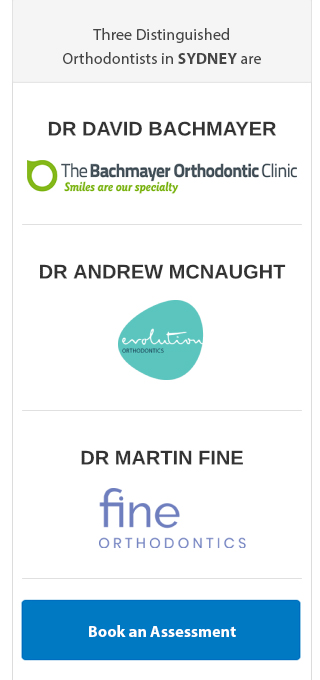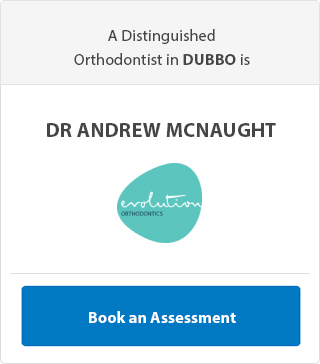
There are many orthodontic treatment options available to both children and adults. The options can seem overwhelming and not every person will be eligible for every type of treatment. However, in most cases patients can choose an option they feel most comfortable with, whether it is clear aligners, ceramic braces, or lingual braces. But what is the best option? What is the difference? You may already know about traditional braces and Invisalign, but are ceramic braces better than lingual braces?
A More Discrete Option
One of the biggest concerns that most people have with wearing braces is how conspicuous they may be. If you are thinking about getting braces but you’re worried about how they’ll look, there are two excellent options: lingual braces and ceramic braces. Both options are effective and discrete, and both have pros and cons.
What is the Difference Between Ceramic Braces and Lingual Braces?
Most of us already know about traditional metal braces. A bracket is attached to the front of each tooth and the moving of teeth is achieved by the tightening of wires. They work and they’ve been effective for decades. However, they are also quite visible.
Ceramic braces or clear braces, are just like their more visible counterparts except that the brackets are made of a tooth coloured ceramic or clear plastic instead. What this means is that they are far less conspicuous and will not draw as much attention.
Lingual braces are a bit different. They work in just the same way as regular metal braces, except for the fact that they are attached to the insides of the teeth instead. This means that the brackets don’t have to be tooth coloured because they are not actually visible on the front of the teeth. Lingual braces are the most invisible orthodontic treatment method.
Should you get Ceramic Braces?
It’s important to know that both ceramic and lingual braces do the same kind of job. They move teeth over time into a final and optimal position in the jaw and can successfully address a number of bite problems. But if you’re eligible for both treatment options, which one should you get?
There's not one orthodontic treatment that is perfect for everybody and this is why it’s important that patients have plenty of choices. Even though ceramic braces offer plenty of upsides, there are a few possible downsides to think about as well, including:
- Strength: Ceramic brackets are made of a very strong material. This can possibly cause wear on the edges of your lower teeth. To prevent wear on the edges of your lower teeth we recommend just upper ceramic brackets in most cases.
- Staining: The great thing about ceramic braces and clear plastic braces is that the brackets blend in so well with the teeth. This also has one downside: you have to be very careful when it comes to staining them. If you routinely have foods and drinks that stain, this can also stain the elastic we may place around the ceramic brackets or the clear plastic brackets.
Should you get Lingual Braces?
Given that both lingual braces and ceramic braces are not as visible as metal braces, it’s important to distinguish between them. So, are there any possible downsides to wearing lingual braces? Here are some things to seriously consider:
- Talking/Eating: Lingual braces are installed behind the teeth, right where the tongue hits the back of the teeth. It can cause some difficulty when speaking and eating until you adapt to having that extra bulk behind the teeth. Patients will usually readjust quickly.
- Adjusting the Braces: Everyone who wears braces understands that frequent orthodontic appointments are required to make adjustments. Because lingual braces are installed on the inside of the teeth, the adjustment can be a little trickier, meaning that the appointments might last a little longer.
- Cleaning: All braces require fastidious cleaning. Little bits of food debris can easily get stuck in between wires and around brackets. This applies to both ceramic braces and lingual braces. The difference is that lingual braces can be a bit trickier to clean because of their position inside the teeth. Learning how to clean them and being patient when cleaning them is essential.
Are Ceramic Braces Better than Lingual Braces? Making the Best Choice
Making the decision to have braces installed is definitely not something to be taken lightly. Where it used to be that patients had limited choices, advancements in orthodontic technology have provided many more effective choices. Ceramic braces, lingual braces, metal braces, and clear aligners all play a part in orthodontic treatment today and each treatment has its own pros and cons. So are ceramic braces better than lingual braces? It is subjective and best left to the individual and their orthodontist to decide.
If appearances are a concern, both lingual and ceramic braces offer a solution that is more discrete than metal braces. Despite some of the differences, both methods are effective at moving teeth into an optimal position. It’s important to make an informed choice based on the pros and cons of each type of treatment and which will better suit your lifestyle.
Speak to an orthodontist about which treatment will suit you best. Contact us to book an appointment at Profile Orthodontics in Claremont or Joondalup.






